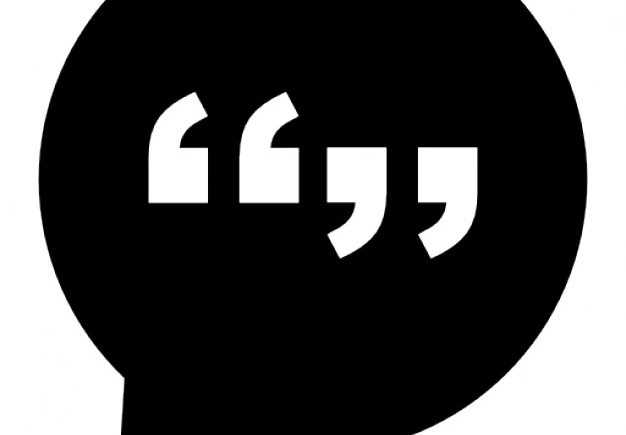
Why You Need a Catchphrase To Boost Your Career
Mastering a TED-like Talk
At some point in your career, you’ll likely be called upon to make a presentation to potential customers, superiors and/or colleagues. Your ability to be dynamic and persuade others could hinge on a catchphrase.
I’ve been viewing some fascinating videos on TED.com, scanning them for tips on how to create great presentations. And I’ve been reading How To Deliver a TED Talk, by Jeremy Donovan.
Last week, in my article – “Scour Your Brain for an Inspiring Presentation” – I wrote about digging deep into your own experiences to effectively connect with your audience. That personal touch adds depth and authenticity to your communication creating increased credibility and trust which contribute greatly to your overall success.
What can we learn from TED Talks about great presentations? Here are a few key elements from Donovan’s book:
Craft a “Catchphrase”
Remarkable speakers become memorable by using a catchphrase: turning your presentation’s central idea into an unforgettable phrase. Repeat it several times throughout your speech to implant it in the audience’s mind.
An ideal catchphrase should be short (3–12 words), action-oriented and rhythmic.
a) “People don’t buy what you do; they buy why you do it.” (Simon Sinek)
b) “Work with people who believe what you believe.” (Sinek)
c) “Start with why.” (Sinek)
d) “If it doesn’t fit, you must acquit.” (Johnnie Cochran)
Open with Gusto
The first 10 or 20 seconds of a speech mark the peak of audience engagement, so capitalize on it with a compelling opening.
a) Personal stories are always attention grabbers, but make sure they are real, emotional and relevant to your message. Make other people your story’s heroes.
b) Shocking/startling statements can be very effective, especially if they challenge conventional wisdom. A good example is Jamie Oliver’s TED Talk on how obesity is killing our children.
c) Ask powerful questions, particularly “why” and “how.” Questions tap into the audience’s natural curiosity to understand the world around them.
The Impact of “You”
After opening your presentation, list the benefits your audience will gain. The more you use the pronoun “you,” the more engaged the audience will become. Once engaged, your ability to persuade those listeners strengthens. Your message will make an impact and leave an impression. This is how leaders emerge from the ranks and why effective communication will bolster your career.
What’s been your experience making presentations? I’d love to hear from you. Connect with me on LinkedIn.
Interested in additional career development? Check out the Career Wellness section of the SterlingFreeman website.
